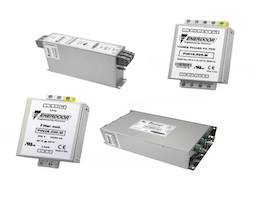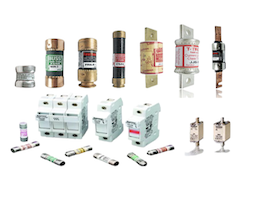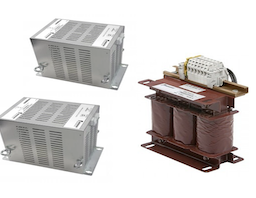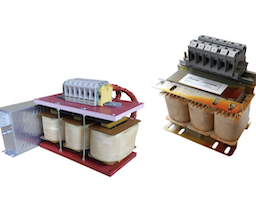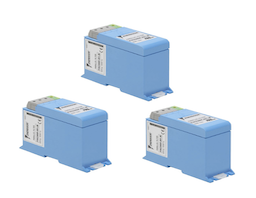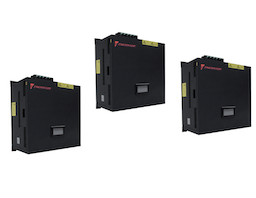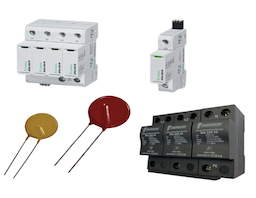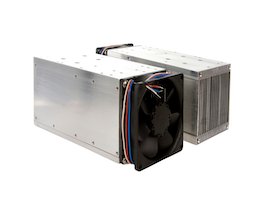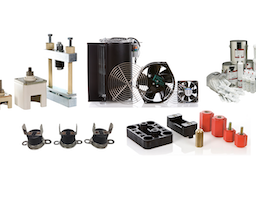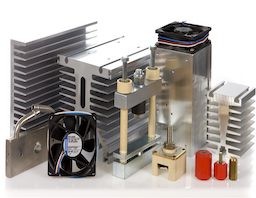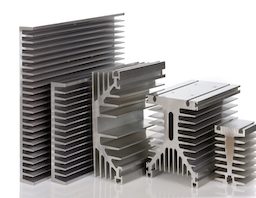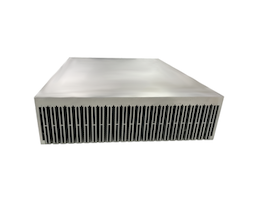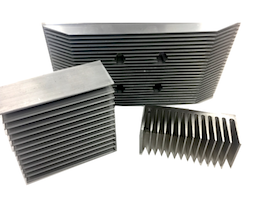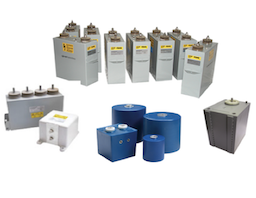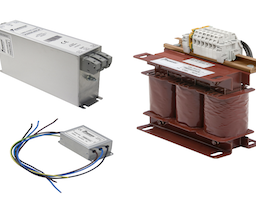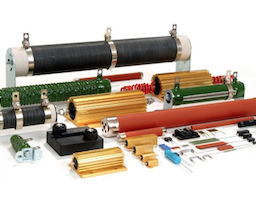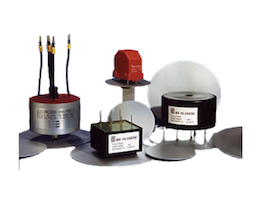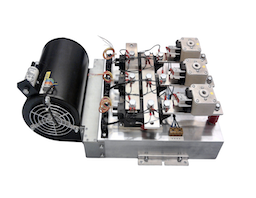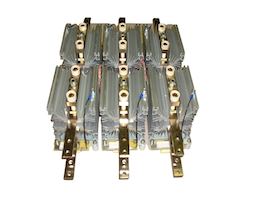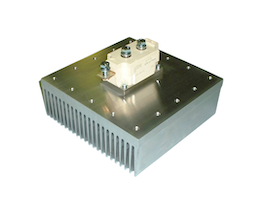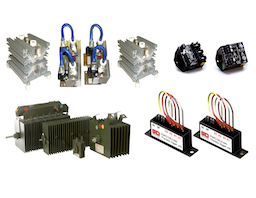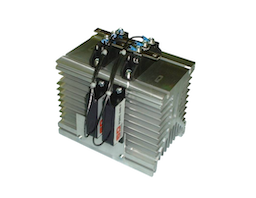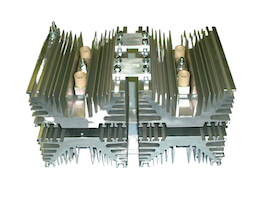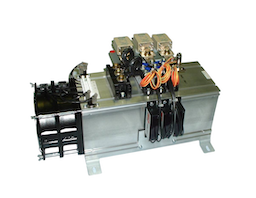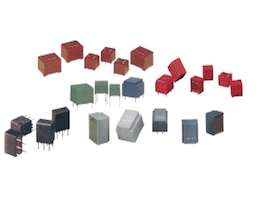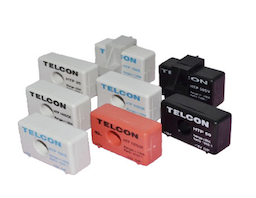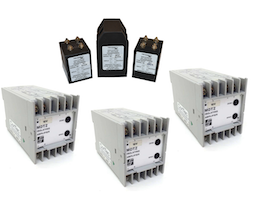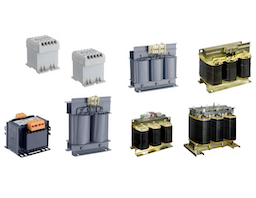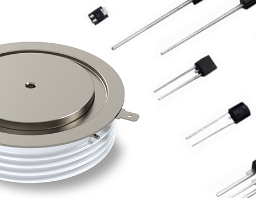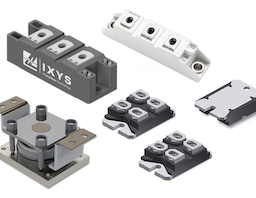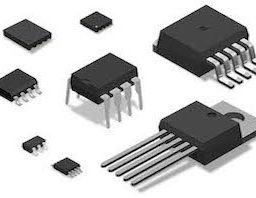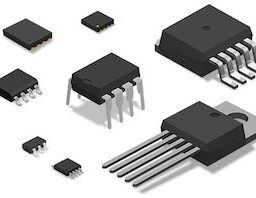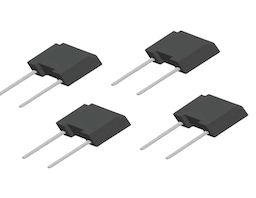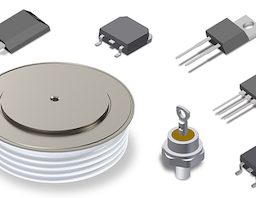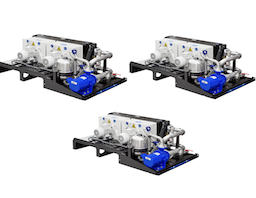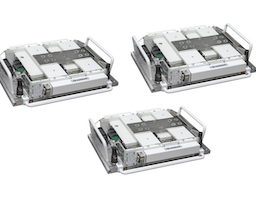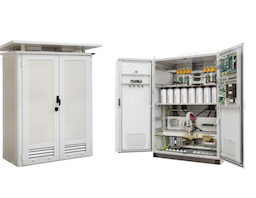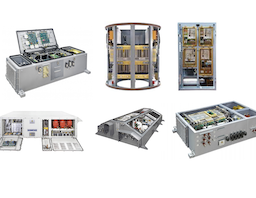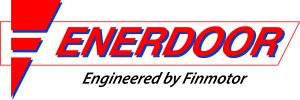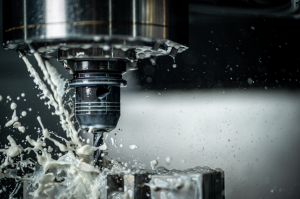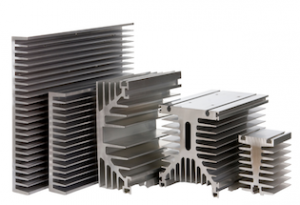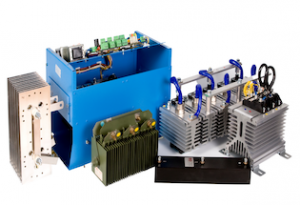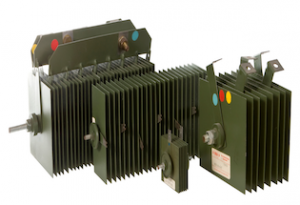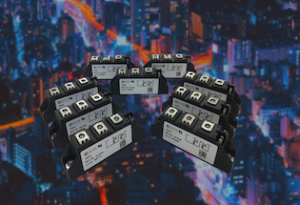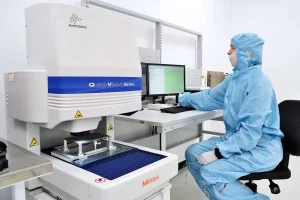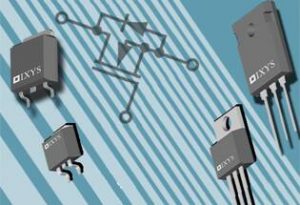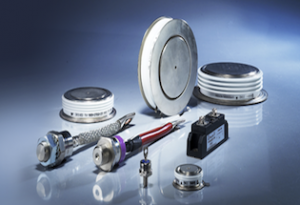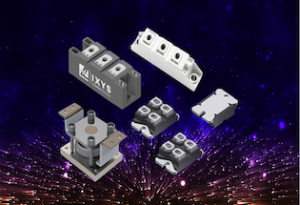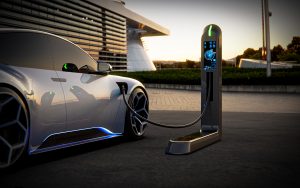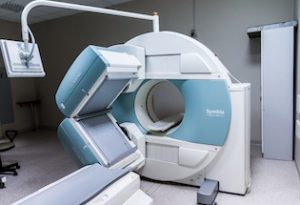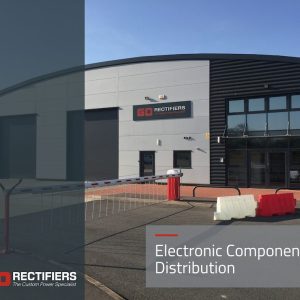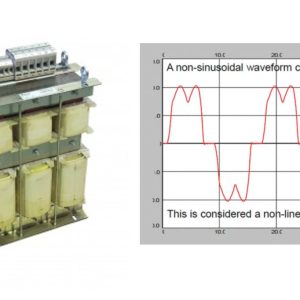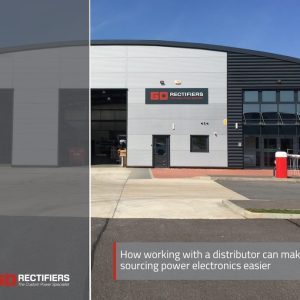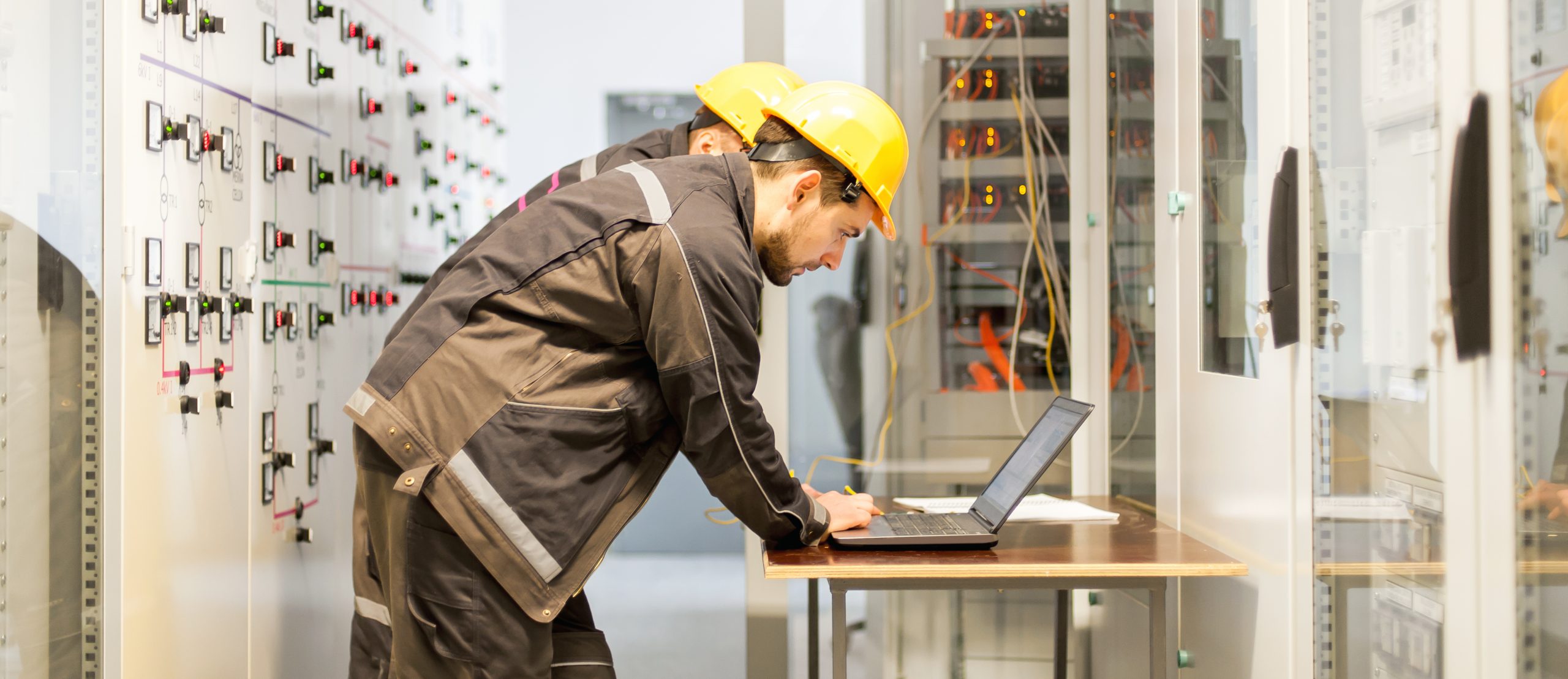16.12.2016
Heat Sink Design & Selection – The Ultimate Buying Guide
Published on: 16/12/2016
Discover our top 10 tips to buying a heat sink in our heat sink design & selection guide
Many factors affect the thermal performance of a heat sink; discover the design elements you need to know before buying a heat sink with our handy buying guide. Simply follow our 10 easy steps to find your perfect heat sink.
Heat Sink Design & Selection Guide
GD Rectifiers is a global manufacturer and distributor of products, services and solutions to commercial and industrial users of power electronic components. GD Rectifiers specialise in supplying thousands of aluminum heat sinks to their customers each year. Today, we share with you the top 10 buying tips designed to make a purchaser’s job much easier.
1. Consider the material you need
Be sure to consider cost, availability and performance, you need a heat sink that will do the job so make sure you invest in a material that is suited to your end product.
2. Research the heat sink capabilities required for your project
Ensure you are familiar with the end product specification and what performance will be expected. Communicate the full specification to the heat sink engineer, it is important that they know what the heat sink is required to do so that they can suggest one of the best quality.
3. Choose the right fan for your product
The heat sink and fan are the most essential decision purchasers will make. The fan is incredibly important because it will quickly remove the heat that is generated by the CPU away from the heat sink. This element is vital because as the CPU works, it generates a large amount of heat which needs to be removed from the device quickly otherwise the device could overheat and destroy the CPU.
The fans performance is measured in cubic feet per minute (CFM) which means that larger fans are usually more reliable when it comes to performance. Consider the noise of the fan, the noise output is measured in Sones which refers to how loud the fan is whilst in use. Noise output is an important factor which could affect the purchaser’s decision process.
4. Seek advice from experts to ensure you’re buying the right heat sink
Google several heat sink manufacturers and ask to speak to their technical team, discuss your requirements and ask them to confirm which type of heat sink you require. Make sure you communicate the full product specification, end product and future applications it could be used in so that the engineer can advice you as best they can.
5. Check the heat sink drawings
The drawings are important because they allow non-technical customers to envisage what the heat sink will look like and how it will function. Make sure the manufacturer sends you the drawings (if possible) so you can refer back to it as and when you need to.
6. Check the smoothness of the heat sink
Good heat sinks tend to have a machined base on the bottom, the flatter the base, the better it will be able to keep the CPU cool. Potential damage could be caused to the product if a heat sink was to have a rough or uneven base which is why flat and smooth bases are desired to transfer the heat away from the CPU.
7. Check the heat sinks thermal resistance
A heat sinks thermal resistance can often be a purchasers deciding factor. The thermal resistance of a heat sink indicates the heat sink’s ability to remove the heat. Purchasers work closely with engineers to establish the thermal resistance required for the end product. Purchasers then determine the desired thermal resistance for the product. The lower the rated thermal resistance number is, the faster the heat will be removed from the heat sink. Typically, the heat sinks job is to move heat from the device and in to the heat sink itself, which without a higher thermal resistance, cannot be done as quickly.
8. Determine the fan’s air flow
This is another important buying factor, the higher the airflow of the fan, the faster and better its performance will be at cooling the product down.
9. Compatibility
Today, there is a wide range of heat sinks in the industry to choose from. The heat sink must be compatible with your motherboard, so check the compatibility to make sure it will fit with your particular motherboard’s CPU socket. Ensure you discuss your requirements with a heat sink expert and are confident with the heat sinks compatibility to make sure you choose the right one.
10. Where to buy your heat sink
Research heat sink manufacturers online and call several companies for technical support, once you know which heat sink you require you can gather quotes. Research the company that you’re thinking of buying the heat sink from, check that it is a reputable company, with good reviews, an extensive product range and a reliable sales and customer service team. Make sure technical support is available to you every step of the way should you require it.
GD Rectifiers are the UK’s leading manufacturer of standard and custom made heat sinks, heat sink accessories and heat sink assemblies. They stock and machine the largest range of heat sinks suitable for stud, modules and capsule semiconductors plus high power LED applications. Offering a full service from design to production, technical support and fast delivery, GD Rectifiers is the No.1 heat sink provider in the UK.
They have a wide selection of high quality heat sinks readily available in stock at unbeatable prices and offer a next day delivery service.
Browse the complete heat sink range by device type, part number or comparison guide here. GD Rectifiers offer technical support on all heat sinks including specific heat dissipation requirements.
For further information on all heat sink products click here or alternatively contact our friendly sales team for a quote today: 01444 243 452 / [email protected]
Find out more about the latest GD Rectifiers product range here.
